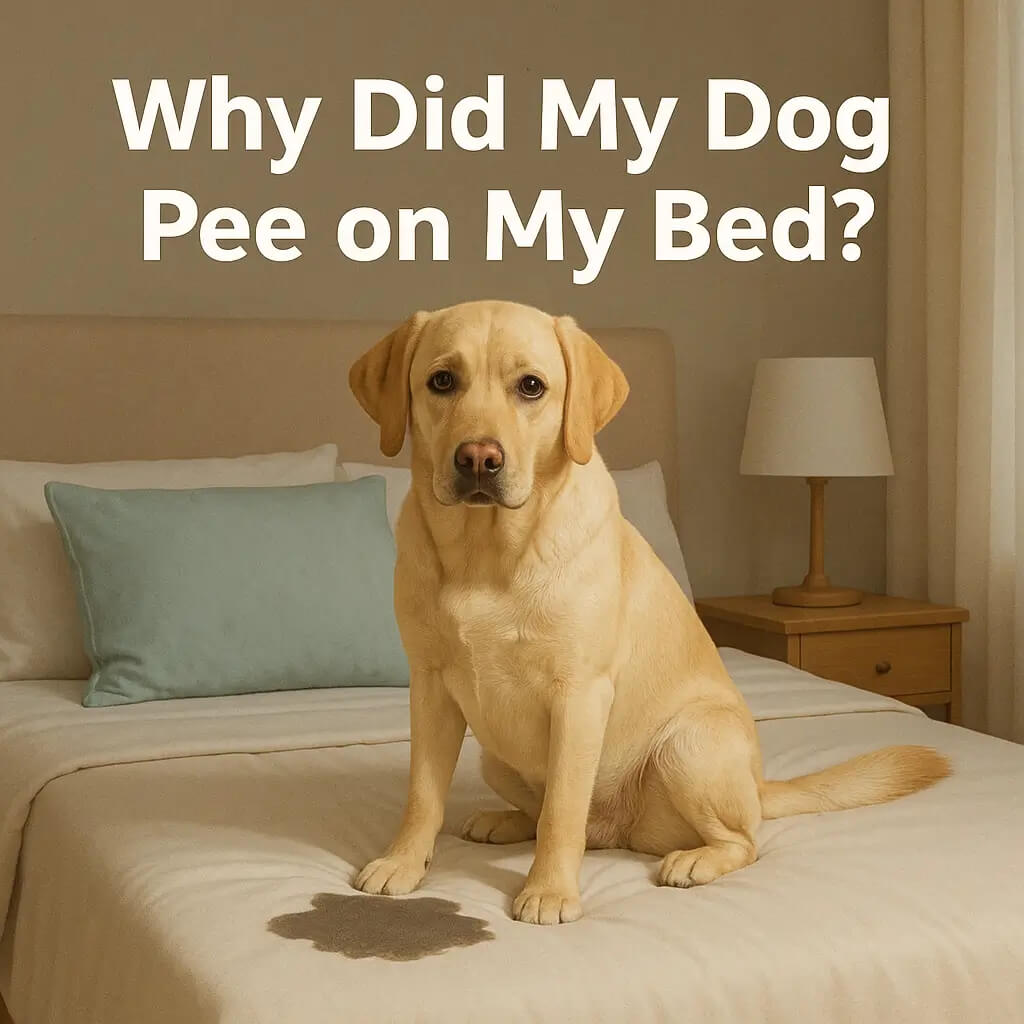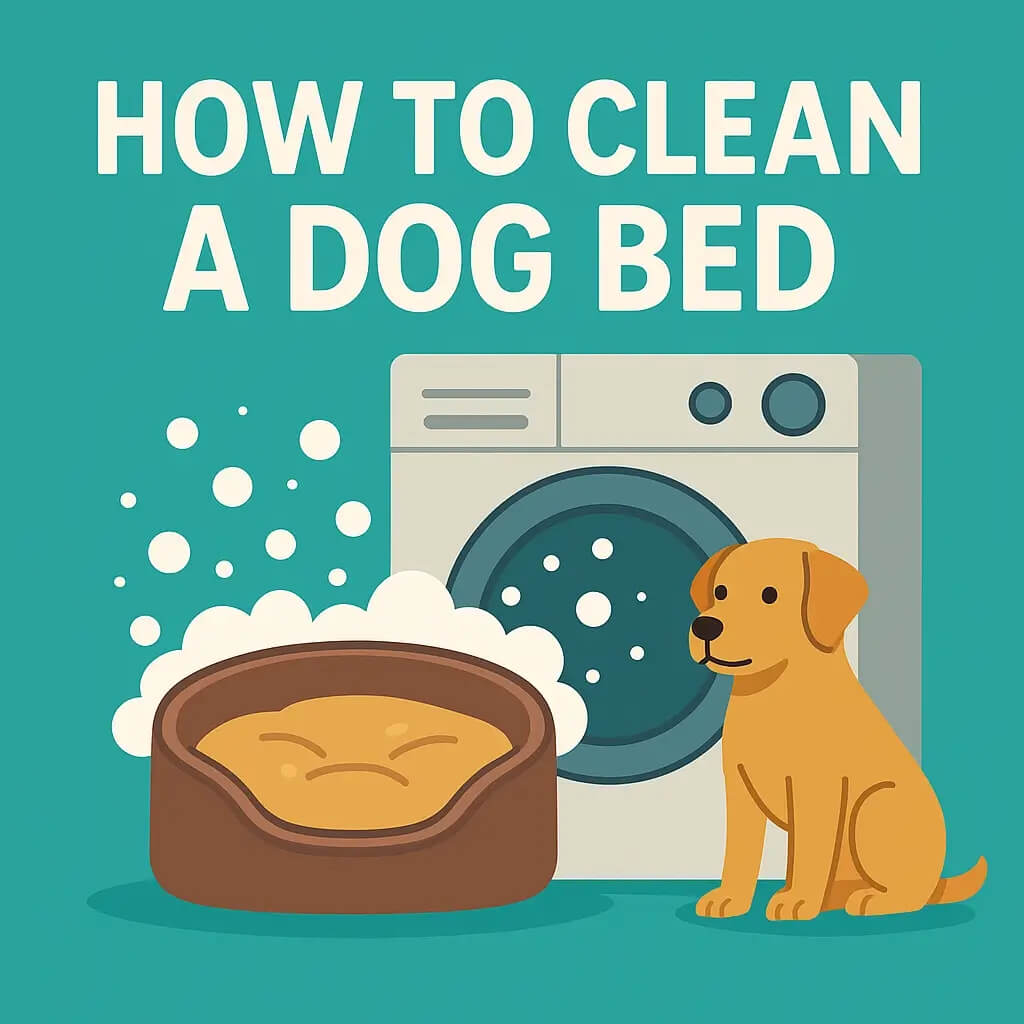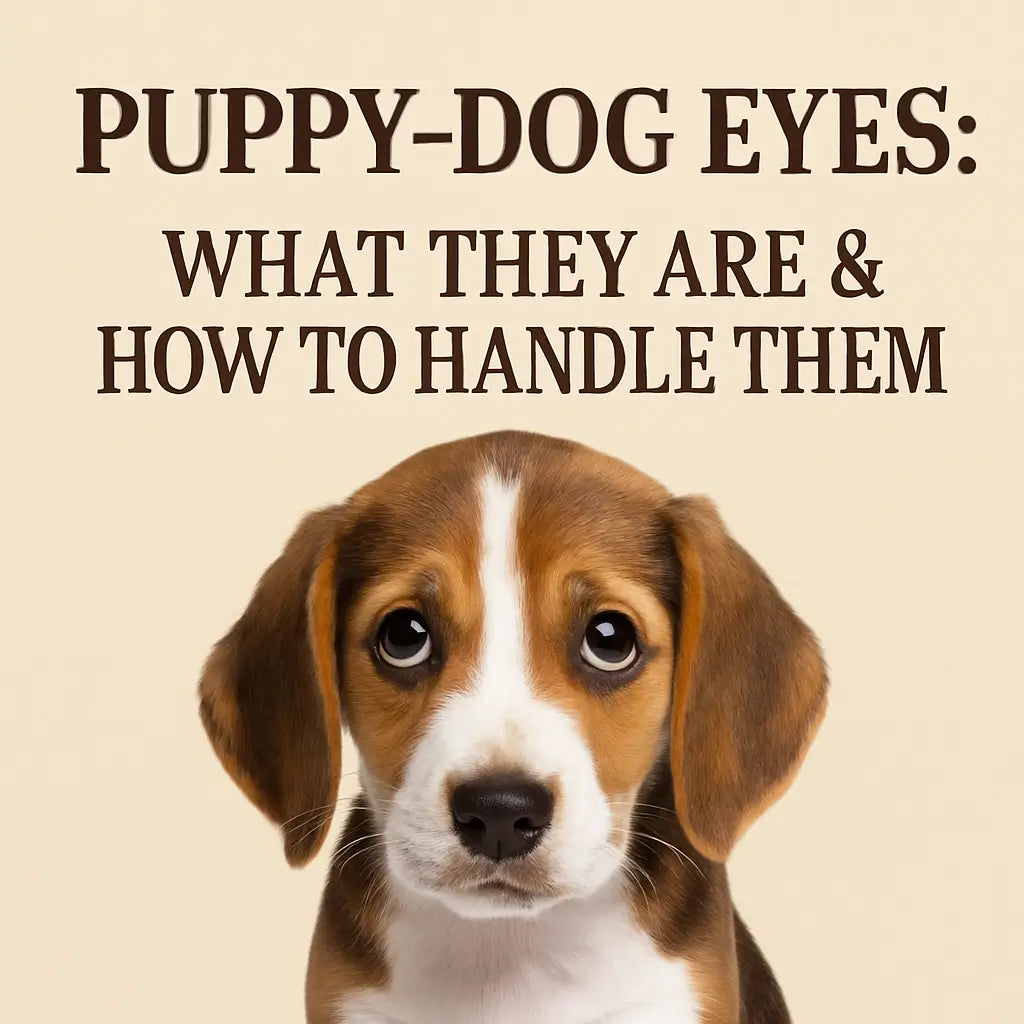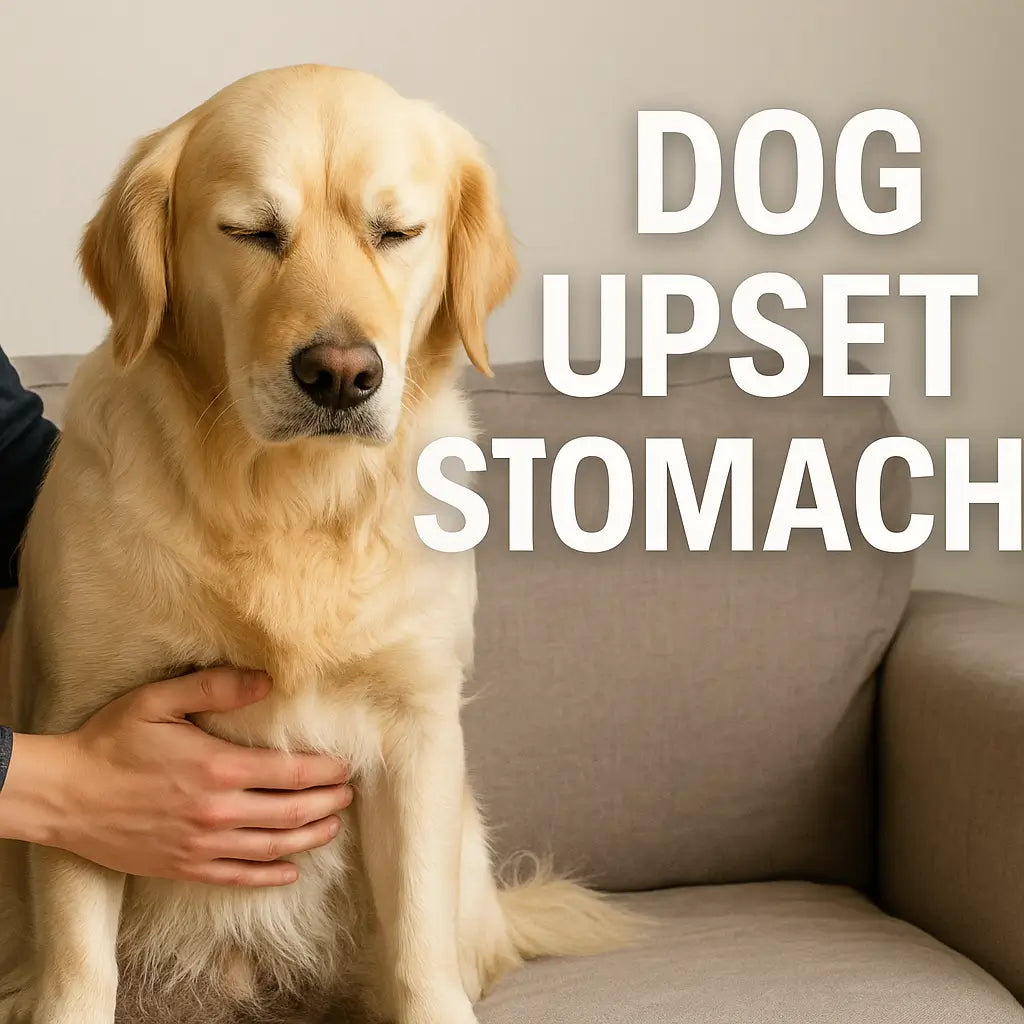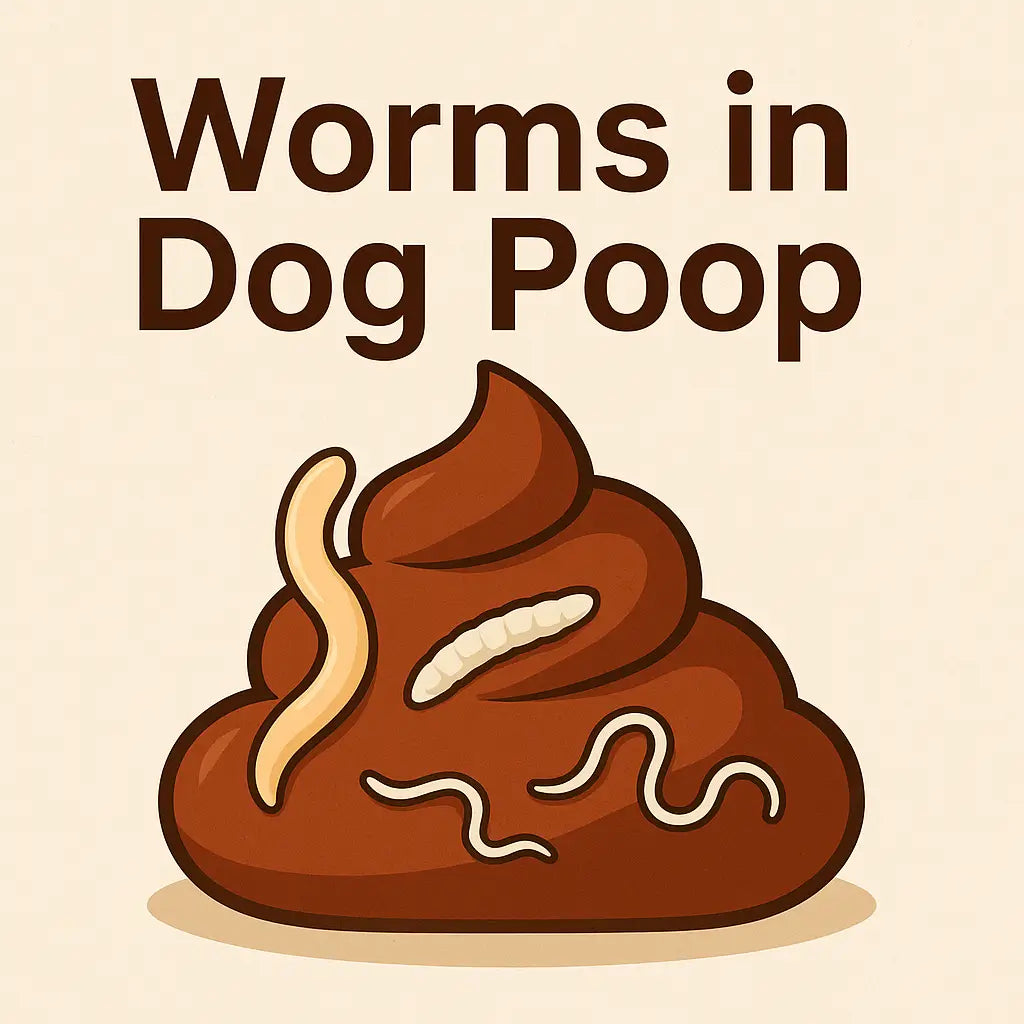When your furry friend tilts her head, soft eyes wide, and eyebrows lifting just so, you’re seeing “dog puppy eyes.” Scientists call the look a puppy dog eyes expression—a facial movement that raises the inner brow and makes those big, round eyes even rounder. Researchers found domestic dogs evolved two special muscles for this move, while wolves—our pup’s wild cousins—lack them entirely. The change happened in roughly 33,000 years of dog evolution, likely because humans paid more attention to pups that could tug at our hearts.
Why does this matter to U.S. owners searching online? That gaze can shape training, feeding, and even the bond you share. By the end of this post you’ll know the science behind the expression, learn quick facts, and pick up clear steps for responding without spoiling manners. You’ll also spot times when the look signals a medical problem. Armed with evidence-based tips—and a dash of empathy—you’ll be able to enjoy the cuteness without encouraging begging.

Fast Facts
-
Two muscles, one mission. Dogs have the levator anguli oculi medialis and retractor muscles that power eyebrow raising; wolves don’t.
-
Oxytocin boost. Just 30 seconds of eye contact can raise the “bonding hormone” in people and puppies alike, deepening trust.
-
Fast-twitch fibers. These muscles act in under 100 milliseconds—quicker than a human blink—so the expression feels instant.
-
Begging effect. Shelter studies show dogs using the look are adopted faster by up to 15 percent.
-
Health alert. If you see droopy lids or the third eyelid staying up, call a vet; 92 percent of dysautonomia cases show eye changes. (Source: AVMA Journals)

What Are Puppy-Dog Eyes?
In simple terms, puppy eyes are a targeted facial expression—not the whole face, just one potent eyebrow lift. The movement enlarges the visible sclera, mimicking a human baby’s eye-to-head ratio. Evolution wired us to protect that look, so our brains release dopamine when we see it. Anatomists dissecting heads found that the eyebrow muscle in dogs contains extra fast twitch fibers for rapid, precise motion. Wolves, by contrast, have mostly slow fibers, making the move weak or absent.
Because dogs live so closely related to us, they’ve learned that the eyebrow raise grabs human attention faster than barking. That’s why your puppy dog may flash the expression before whining or pawing—it’s silent, effective, and cute. Knowing the mechanics helps you tell the difference between normal communication and possible eye discomfort.
Why Dogs Give You the Look
Dog evolution and human evolution met at the campfire: pups that could signal friendliness got scraps of food; people gained watchdogs. Over thousands of years that mutual benefit favored dogs that could exaggerate soft eyes and eyebrow raising. In lab tests, dogs who locked gaze with owners for 2 minutes showed a 130 percent rise in oxytocin—almost the same boost parents get from cradling a baby.
But the look isn’t always about love. Trainers at the USDA’s National Detector Dog Training Center note that dogs quickly learn humans often reward eye contact with treats, toys, or attention. So the expression can also be a smart way to request dinner or play. Think of it as a polite knock rather than manipulation. Reading the whole body—tail position, ear angle, even tongue flicks—tells you whether the ask is emotional support or simple hunger.
Are Puppy Eyes Manipulation or Emotion?
Some blogs claim puppy dog eyes are “doggy deceit.” Science paints a kinder picture. Behavioral studies show dogs flash the look most when a person is present and making eye contact, yet cortisol (stress hormone) remains low, suggesting they’re not anxious or scheming. Instead, the move likely evolved because humans reward it, much like we reward babies who smile. Biological anthropologists argue that such co-evolution of facial muscles and human preference represents a rare cross-species feedback loop.
Still, reinforcement is reinforcement. If you hand over table scraps every time, the behavior grows. The USDA welfare guide recommends rewarding calm four-paws-on-floor instead of the stare to prevent begging. Try asking your pup to “sit” or go to a mat before you hand over that snack. This teaches clear rules while preserving the bond—and keeps those adorable eyes from running the household. (Source: National Agricultural Library)
How to Respond Without Reinforcing Begging
Your furry friend earns rewards when you pay attention to the puppy dog eyes expression, so set clear rules before cute turns into pushy. Start by feeding on a schedule, not at the table. When you notice the stare, wait until all four paws are on the floor, then mark the calm moment with a cheerful “Yes!” and drop a treat in your dog’s bowl or on a “place” mat across the room. The USDA’s Detector Dog program teaches the same reward-based steps because they keep motivation high and frustration low.
If the gaze comes back, fold your arms, look away, or stand up—no scolding needed. The American Kennel Club notes that even a single scrap can reset weeks of practice, so stay steady. For extra backup, print the AVSAB’s humane-training statement and tape it on the fridge; it reminds every family member that positive methods work best for domestic dogs and other dogs alike. With routine, your pup soon learns that looking cute does not unlock people-food.
When Those Eyes Could Signal Trouble
Most “soft eyes” are harmless, but some changes need a vet. Redness, cloudy corneas, or a third eyelid that stays up can mark pain or infection. Cornell University’s Ophthalmology Service warns that eye disease can advance in hours, not days, in puppies and seniors. The AVMA’s first-aid guide lists a small flashlight and sterile saline as must-haves so you can spot debris and rinse fast while you call your clinic.
Watch for blinking, head shaking, or a tongue swipe across one eye—tiny signals that the facial muscles hurt. Because fast twitch fibers let dogs make quick facial movements, any slowdown is a red flag. If you see green discharge or the dog keeps the lid half-closed, skip Google and seek professional care. Early treatment protects sight and saves money, solving the problem before it becomes an emergency.
FAQs
Why do dogs give puppy dog eyes?
It’s a learned facial expression that boosts bonding and draws human attention.
Are puppy eyes manipulation?
No. Scientists link the look to co-evolved communication, not deceit.
Do wolves show the same eyebrow raising?
Rarely—wolves lack one of the two muscles that power the move.
Can I stop puppy eyes begging?
Yes—reward calm behavior and ignore staring during meals.
When should I worry about my dog’s eyes?
Any redness, swelling, or discharge means a vet visit within 24 hours.
Myths vs. Facts
-
Myth: “Giving one little bite won’t hurt.”
Fact: Intermittent food rewards make begging stronger; reward training works better. -
Myth: “Puppy dog eyes mean guilt.”
Fact: Studies show the expression happens mainly when a person is looking, so it’s about connection, not shame. -
Myth: “All breeds do it the same way.”
Fact: Short-snouted breeds often rely more on head tilts than eyebrow lifts because their eye shape limits movement.
Conclusion
Dog evolution gifted our pets a charming eye move that taps deep human preference for baby-like cues. By understanding the muscle mechanics and the role of eye contact, you can enjoy the cuteness without teaching bad habits. Use consistent, reward-based rules to guide behavior, keep an eye—literally—on health signals, and share what you learn with fellow dog lovers.
Want to dive deeper? Bookmark the AVSAB humane-training statement for your next practice session, follow the USDA Detector Dog model for positive reinforcement, and schedule an annual eye exam—especially if your puppy dog spends hours outdoors. Now you’re equipped to respond calmly, protect vision, and strengthen the bond between humans and their best animal friends.



